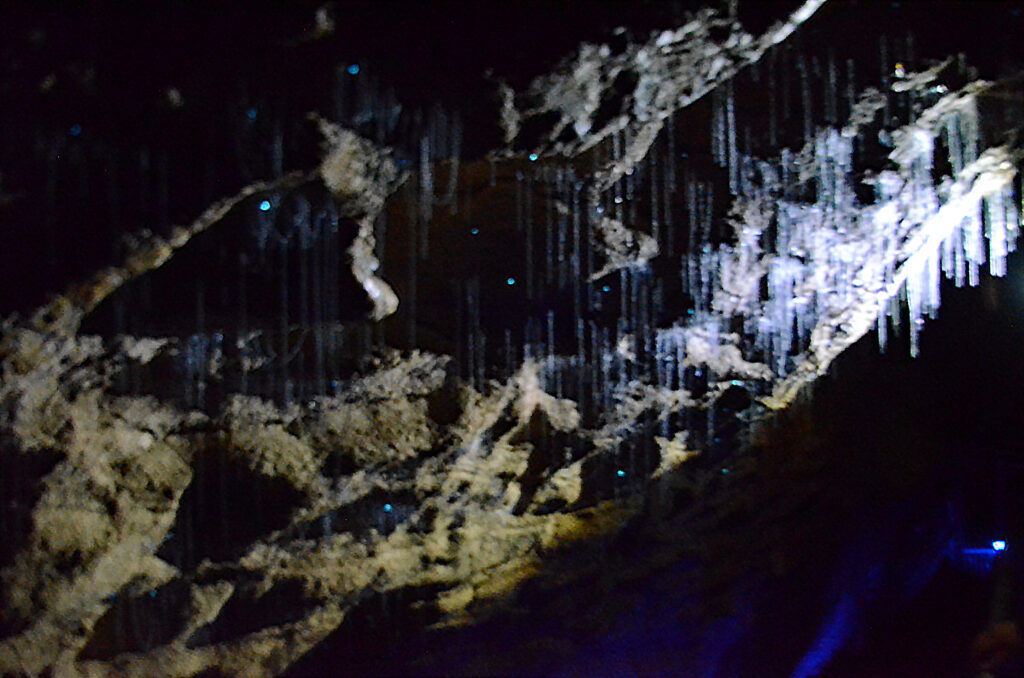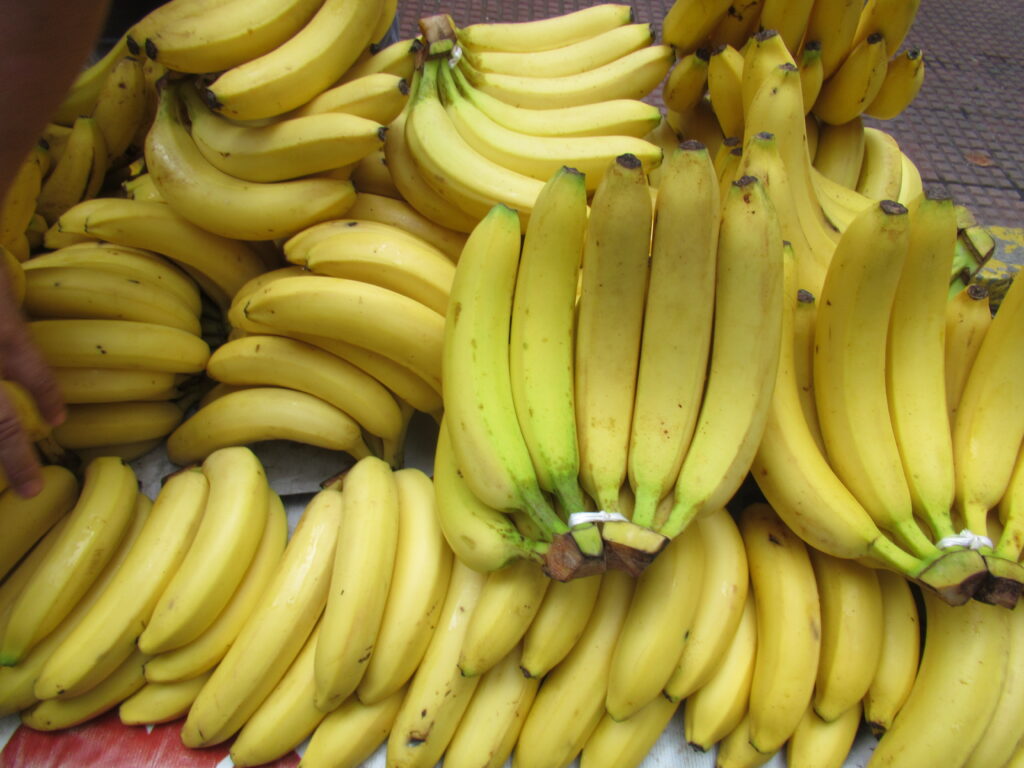Deep beneath the emerald canopy, where sunlight dances through tangled vines and the air thrums with life, an ancient struggle unfolds. Here, in the beating heart of the Amazon rainforest, Indigenous tribes are not just surviving; they are fiercely defending their homeland. Their courage and wisdom might be the world’s last hope for saving the Amazon from destruction. Imagine standing among trees that have stood for centuries, listening to the stories whispered through the rustling leaves—stories of resilience, loss, and hope. These are the Forest Guardians, custodians of nature’s greatest treasure, and their fight is a battle for the future of life on Earth.
The Pulse of the Planet: Why the Amazon Matters
The Amazon rainforest is often called the “lungs of the Earth,” and for good reason. It produces more than 20% of the world’s oxygen and holds an astonishing amount of biodiversity—more species than any other place on the planet. The Amazon’s vast rivers, towering trees, and intricate ecosystems store billions of tons of carbon, acting as a critical buffer against climate change. When you realize that a single hectare can host hundreds of tree species, it’s hard not to marvel at the richness hidden in its depths. But this richness is also what makes the Amazon a target for loggers, miners, and ranchers, threatening the delicate balance that keeps our planet healthy.
Guardians of Ancient Wisdom
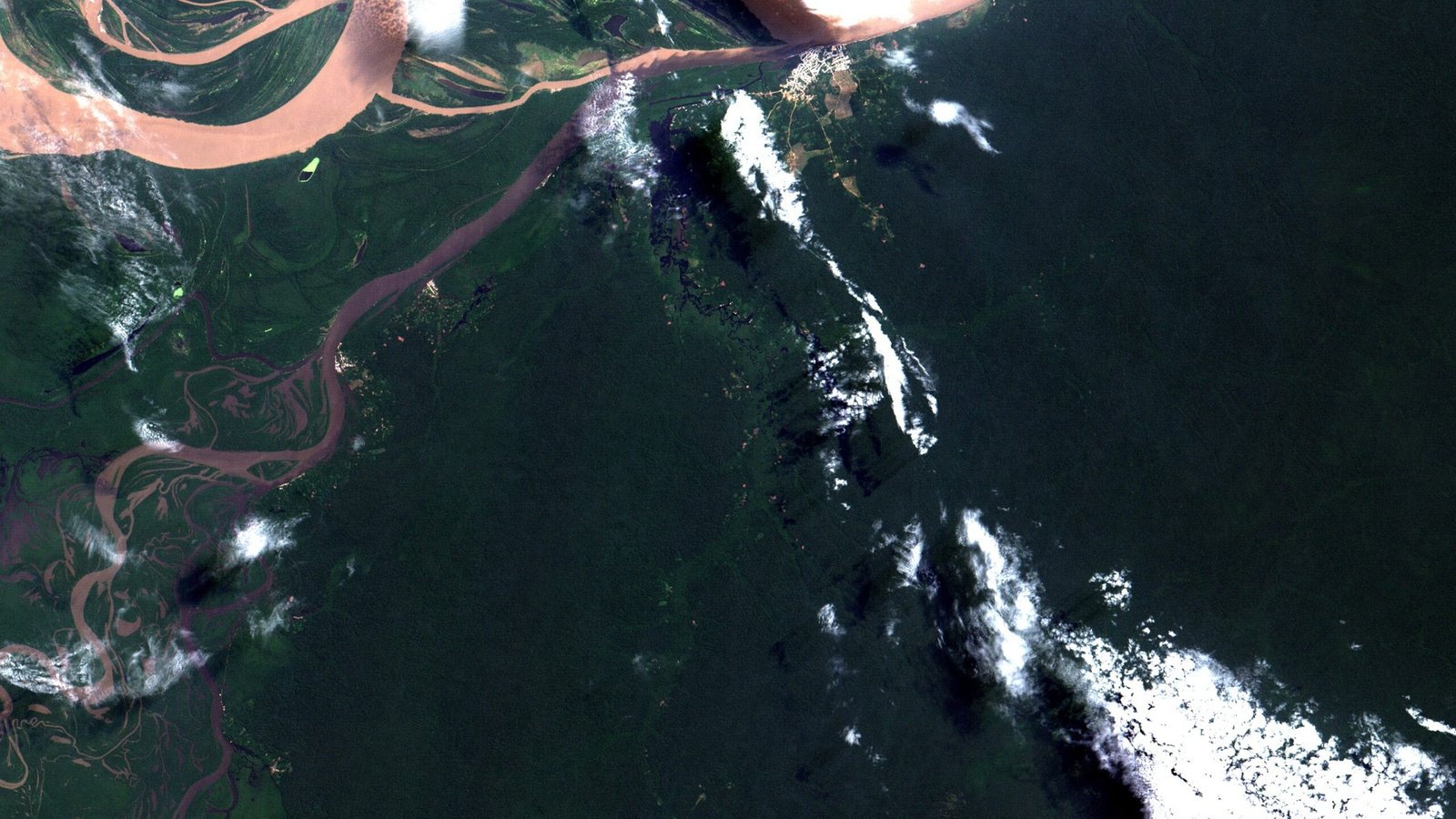
Indigenous tribes have lived in the Amazon for thousands of years, developing intimate knowledge of the forest’s rhythms and secrets. Their understanding of medicinal plants, animal behaviors, and seasonal changes is not written in books but passed down through generations. This inherited wisdom is a powerful tool for conservation. Unlike outsiders, Indigenous people see themselves as part of the forest, not separate from it. Their stories echo with respect for every living thing, from the tiniest insect to the tallest tree. This worldview shapes how they care for the land, making them natural stewards of the Amazon’s future.
The Yanomami: Defenders of the Northern Amazon

The Yanomami people inhabit the dense rainforests near the Brazil-Venezuela border, a region of breathtaking beauty and immense biodiversity. For decades, they have watched as illegal gold miners invade their territory, poisoning rivers with mercury and bringing deadly diseases. Despite these threats, the Yanomami have stood firm, organizing patrols and working with allies to protect their land. Their deep connection to the forest is woven into every aspect of their culture, from their communal gardens to their intricate body paint. The Yanomami’s struggle is a powerful reminder that the fight for the Amazon is a fight for survival itself.
The Kayapó: Warriors at the Forest Frontier
The Kayapó people are famous for their vibrant headdresses and bold face paint, symbols of their warrior spirit. Living along the Xingu River in Brazil, the Kayapó have faced down loggers, ranchers, and even large hydroelectric projects. Their activism has drawn international attention, and they have used modern technology—like GPS mapping and drones—to document illegal deforestation. What’s remarkable is how the Kayapó blend tradition with innovation, using both ancient knowledge and digital tools to defend their homeland. Their story is one of adaptation, resilience, and unbreakable pride.
The Asháninka: Bridge Builders and Peacekeepers
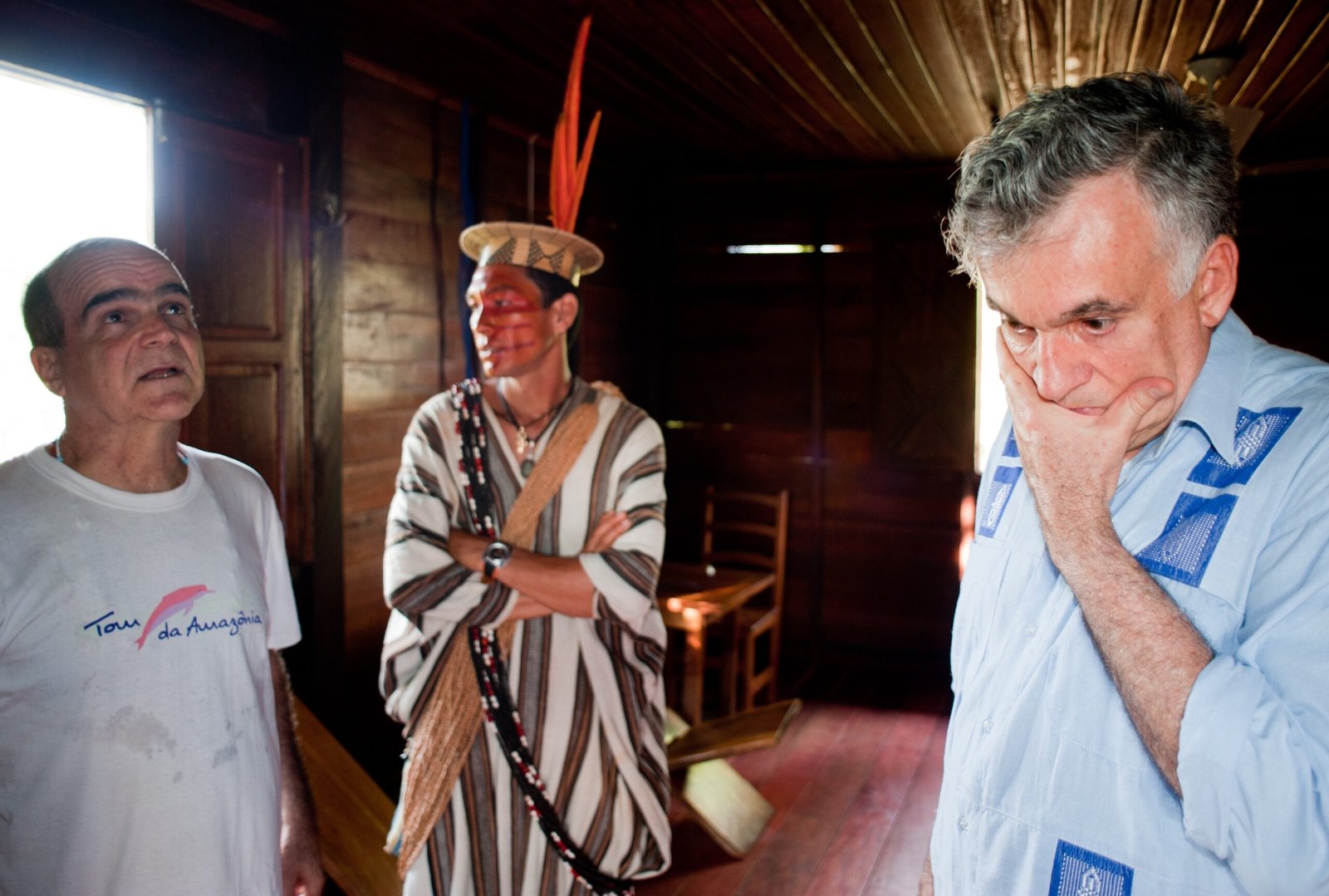
Straddling the border between Brazil and Peru, the Asháninka are known for their bright woven tunics and their deep sense of community. Over the years, they have suffered violence from illegal loggers and drug traffickers who covet their rich forests. Rather than respond with force, the Asháninka have chosen diplomacy—building alliances with neighboring tribes and environmental organizations. Their peaceful approach has sometimes resulted in groundbreaking agreements to protect vast tracts of rainforest, showing that cooperation can be as powerful as confrontation.
Traditional Knowledge as a Scientific Treasure
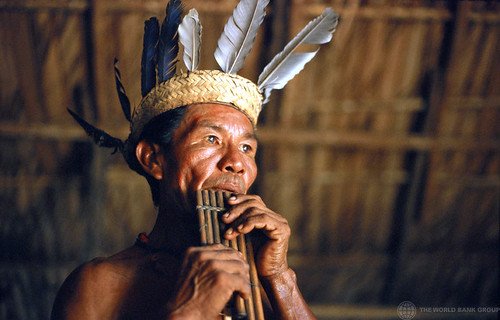
Many scientists now recognize that Indigenous knowledge is a vital resource for understanding and preserving the Amazon’s biodiversity. For example, shamans know which plants heal wounds or cure fevers, insights that have led to new medicines. Researchers also study Indigenous farming methods, which often enhance soil fertility and promote species diversity. It’s like discovering a living encyclopedia, written on the land and in the memories of those who call the forest home. Respecting and learning from this knowledge could unlock solutions to some of our planet’s biggest environmental challenges.
Threats Looming Over the Forest
Despite their efforts, Indigenous tribes face mounting dangers. Illegal logging, mining, and sprawling agriculture threaten to erase entire ecosystems. In recent years, fires—often set to clear land for cattle—have raged out of control, leaving charred scars across the landscape. Governments sometimes turn a blind eye or even encourage these activities, prioritizing short-term profits over long-term survival. For Indigenous communities, each lost tree or polluted river is not just an environmental tragedy but a personal wound.
Women of the Amazon: The Silent Leaders
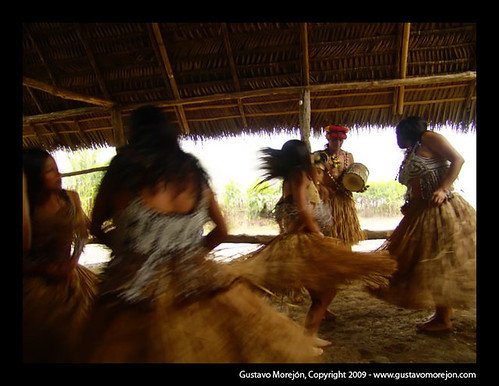
Women play a crucial, often overlooked role in defending the Amazon. They manage community gardens, teach children traditional stories, and lead protests against land grabs. In many tribes, women are responsible for gathering medicinal plants and preserving seeds—tasks essential for both food security and cultural continuity. Their voices are rising, demanding greater recognition and respect. The courage of Amazonian women shows that true guardianship requires the strength and wisdom of every community member.
Technology Meets Tradition
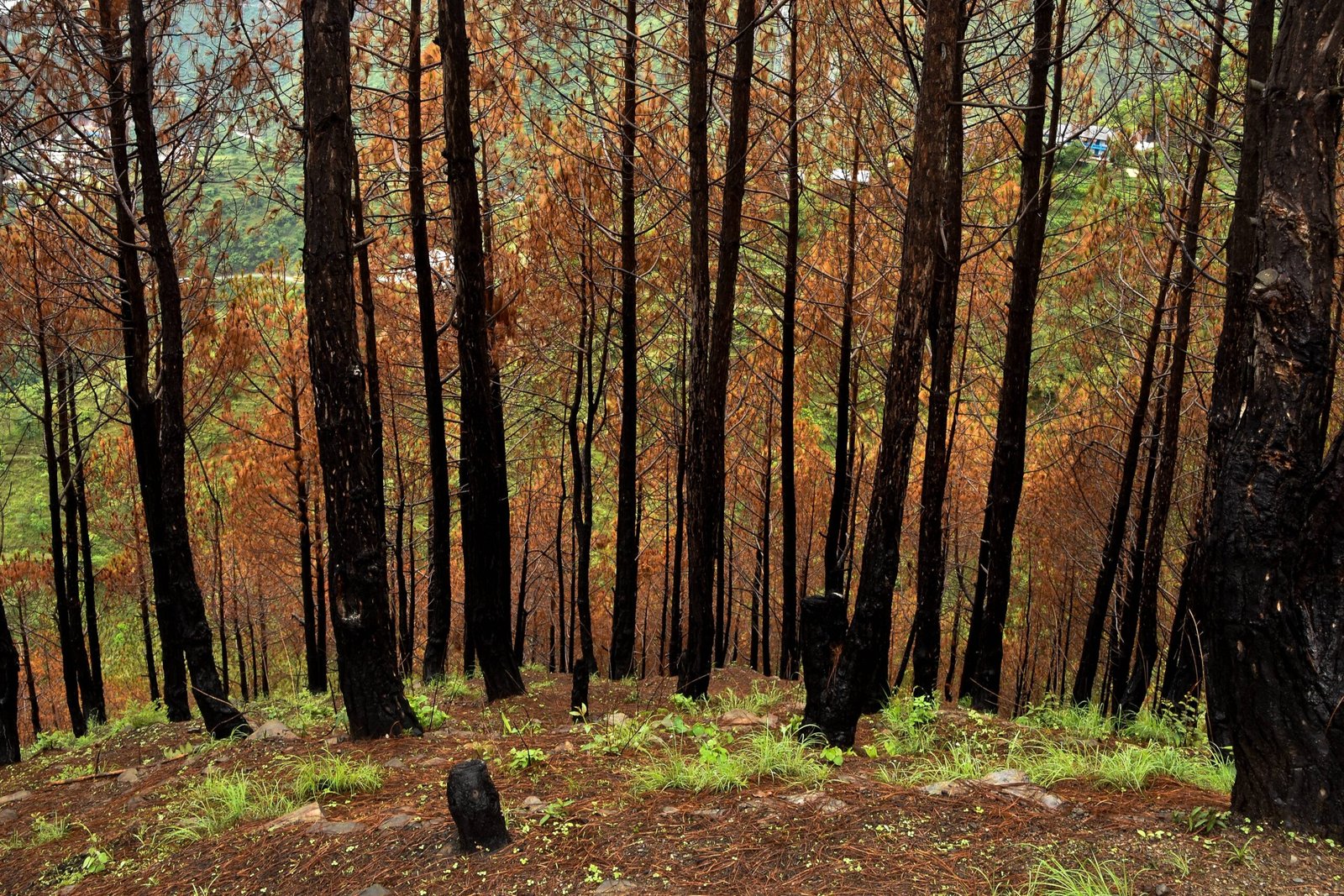
It might sound surprising, but smartphones and drones are becoming new tools in the fight to save the forest. Some tribes use GPS to map their territories, providing legal proof of land rights. Others send real-time alerts about illegal activity to authorities and NGOs. This blend of ancient tradition and cutting-edge technology is creating powerful new ways to monitor and protect the rainforest. It’s as if the forest itself is learning to speak a new language—one that the world cannot ignore.
Legal Battles and Land Rights
Securing legal recognition of Indigenous land is one of the most effective ways to halt deforestation. Studies have shown that areas under Indigenous control tend to have far lower rates of tree loss. Yet, the process is often slow and fraught with obstacles. Bureaucratic red tape, shifting government policies, and powerful business interests make it difficult for tribes to defend their rights. Still, many communities persist, taking their cases to national and international courts, determined to protect their ancestral lands.
The Role of Ritual and Ceremony
For Indigenous peoples, rituals are not just symbolic—they are acts of renewal and connection with the land. Ceremonies mark the changing seasons, honor ancestors, and seek guidance from the spirits of the forest. These practices reinforce the bond between people and place, reminding everyone that the health of the land is tied to the wellbeing of the community. Participating in a ceremony, you might feel the pulse of ancient rhythms that have shaped the Amazon for millennia.
Youth Rising: The Next Generation of Guardians
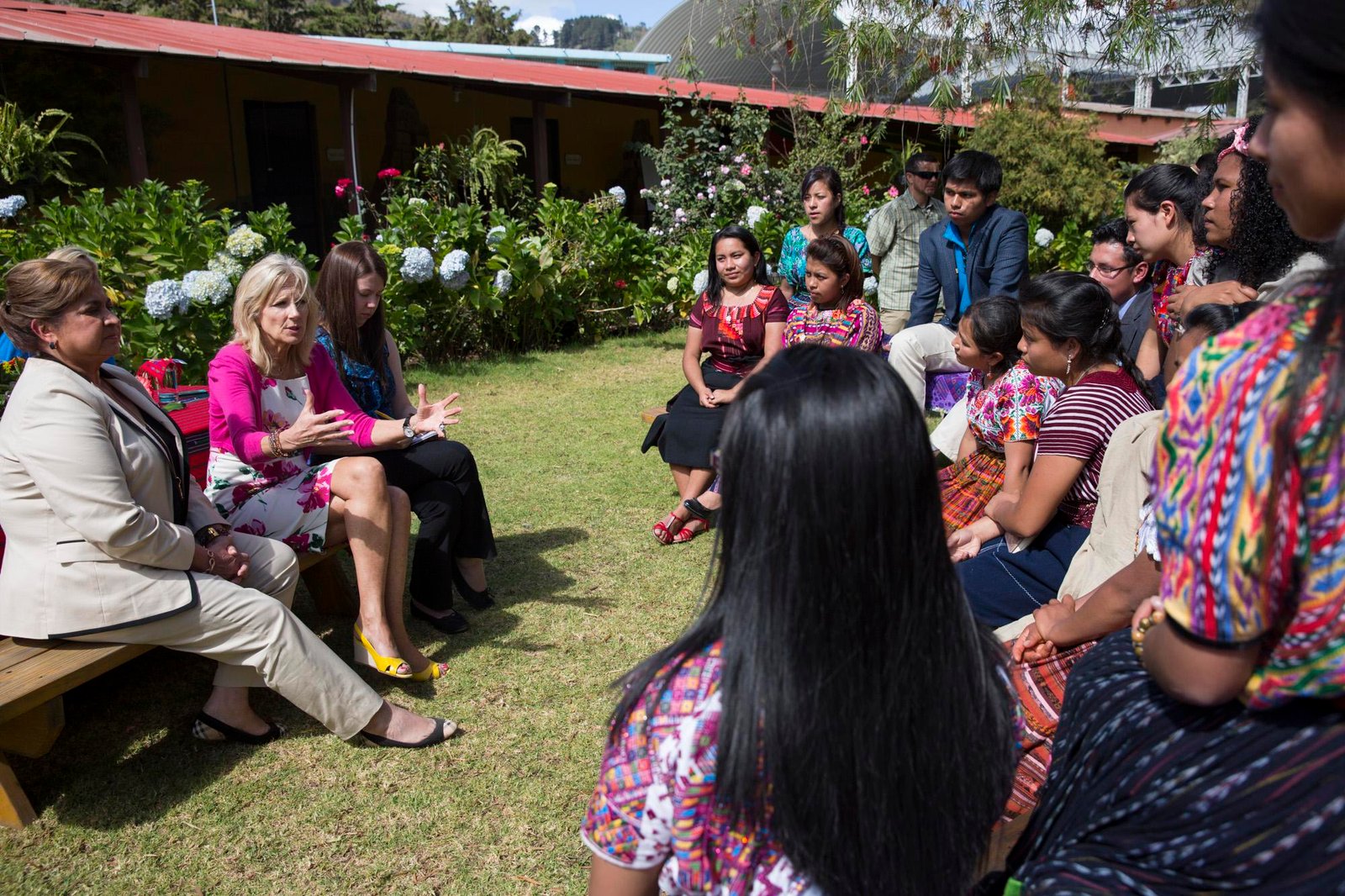
Young Indigenous activists are stepping forward, determined to carry on the legacy of their elders while forging new paths. They use social media to share their stories, organize protests, and connect with supporters around the world. Many are learning both traditional skills and modern science, becoming bridges between two worlds. Their passion is infectious, inspiring hope that the fight for the Amazon will not end with this generation.
International Support and Solidarity
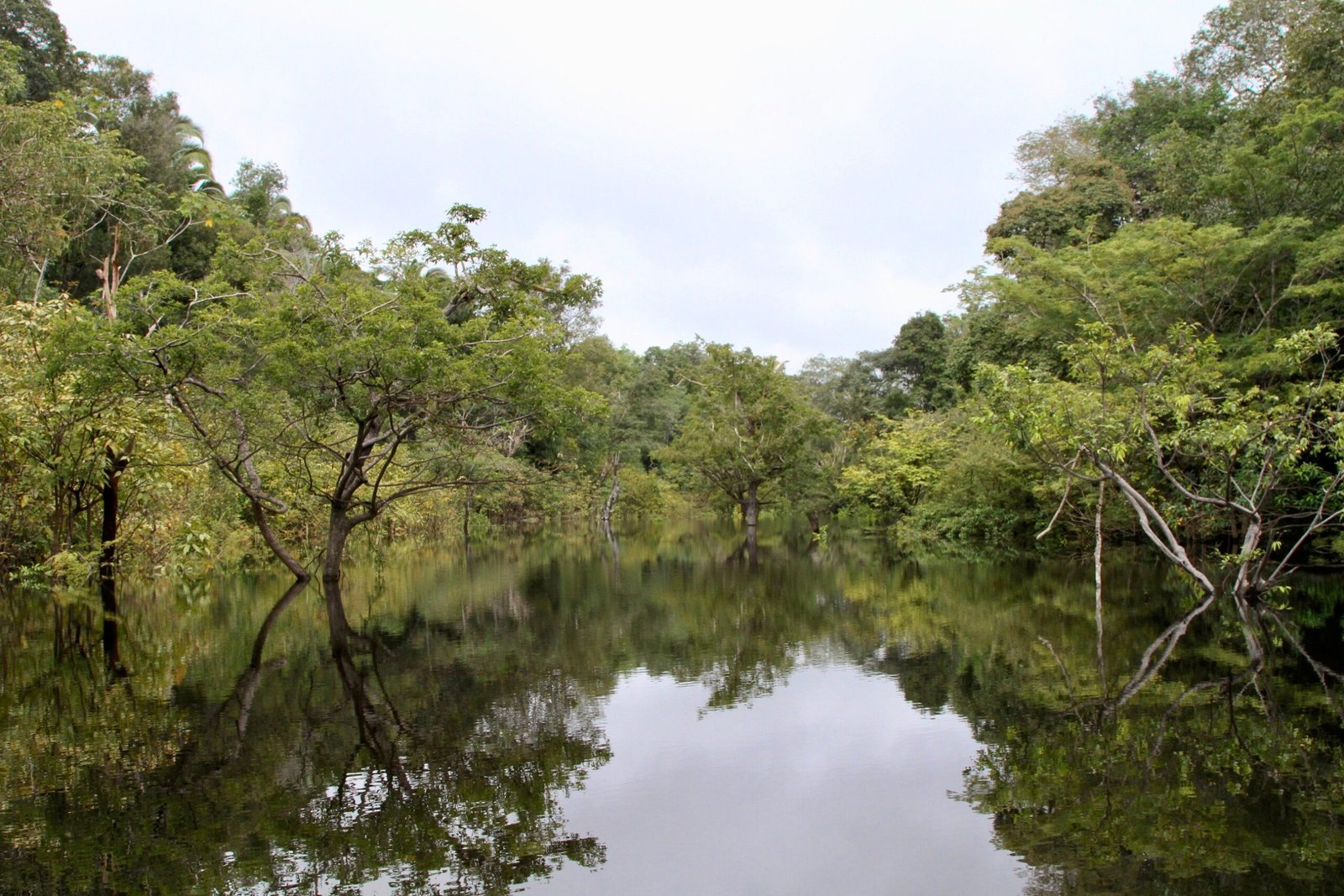
The struggle to save the Amazon has become a global cause, drawing attention from activists, scientists, and ordinary people everywhere. International organizations provide funding, legal support, and media coverage, amplifying the voices of Indigenous leaders. Campaigns to boycott products linked to deforestation have pressured companies to adopt more sustainable practices. While outside help is important, true change comes from empowering local communities to lead the way.
The Power of Storytelling
Stories are a lifeline for Indigenous tribes—a way to remember the past, share wisdom, and inspire action. Through songs, paintings, and oral histories, they describe the beauty of the forest, the dangers it faces, and the dreams of those who call it home. These stories travel beyond the Amazon, touching hearts and opening minds across the globe. Listening to them can turn outsiders into allies, building a larger movement to defend the rainforest.
Medicinal Marvels: The Amazon’s Healing Power
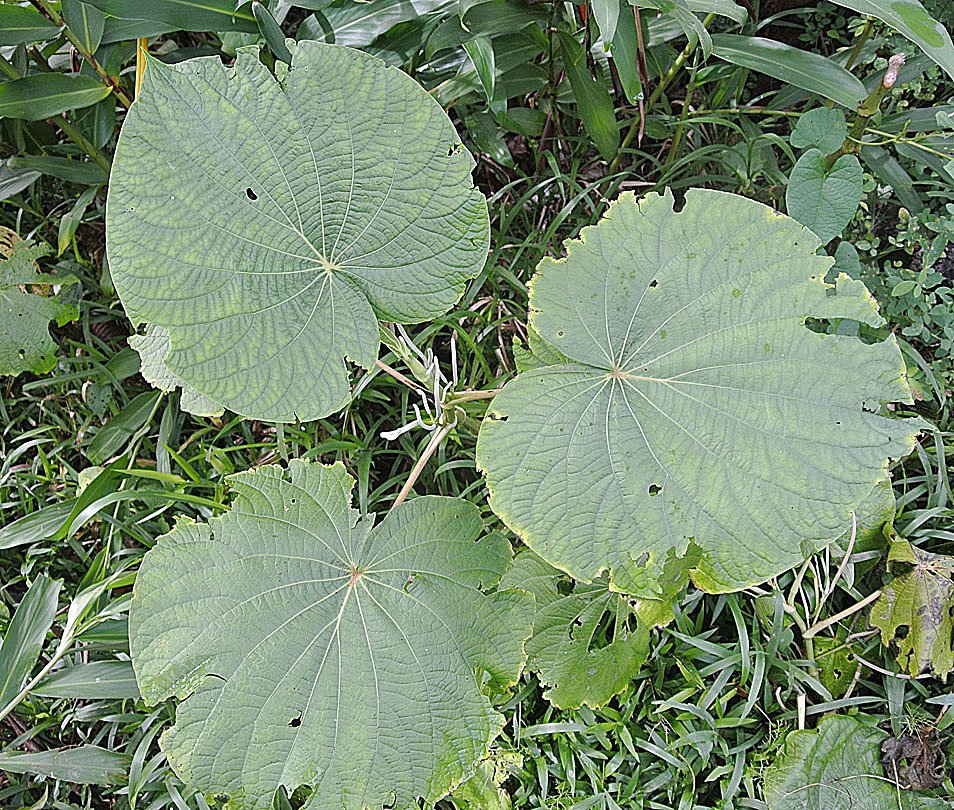
The Amazon is sometimes called the world’s largest pharmacy, with thousands of plants used for healing. Indigenous shamans possess a deep understanding of these natural medicines, some of which have led to important scientific discoveries. For instance, the bark of certain trees is used to treat fevers, while others can ease pain or boost immunity. Protecting the forest means safeguarding these potential cures—not just for local people, but for all humanity.
Climate Change and the Amazon’s Fate
The Amazon plays a critical role in regulating the planet’s climate, absorbing vast amounts of carbon dioxide. But as deforestation accelerates, this balance is tipping. Scientists warn that the Amazon could reach a “tipping point,” beyond which it could become a savanna, losing its unique character forever. Indigenous tribes are often the first to notice changes—drier rivers, shifting animal migrations, unusual weather patterns. Their firsthand observations are invaluable for understanding the impacts of climate change.
Eco-Friendly Living: Lessons from the Forest
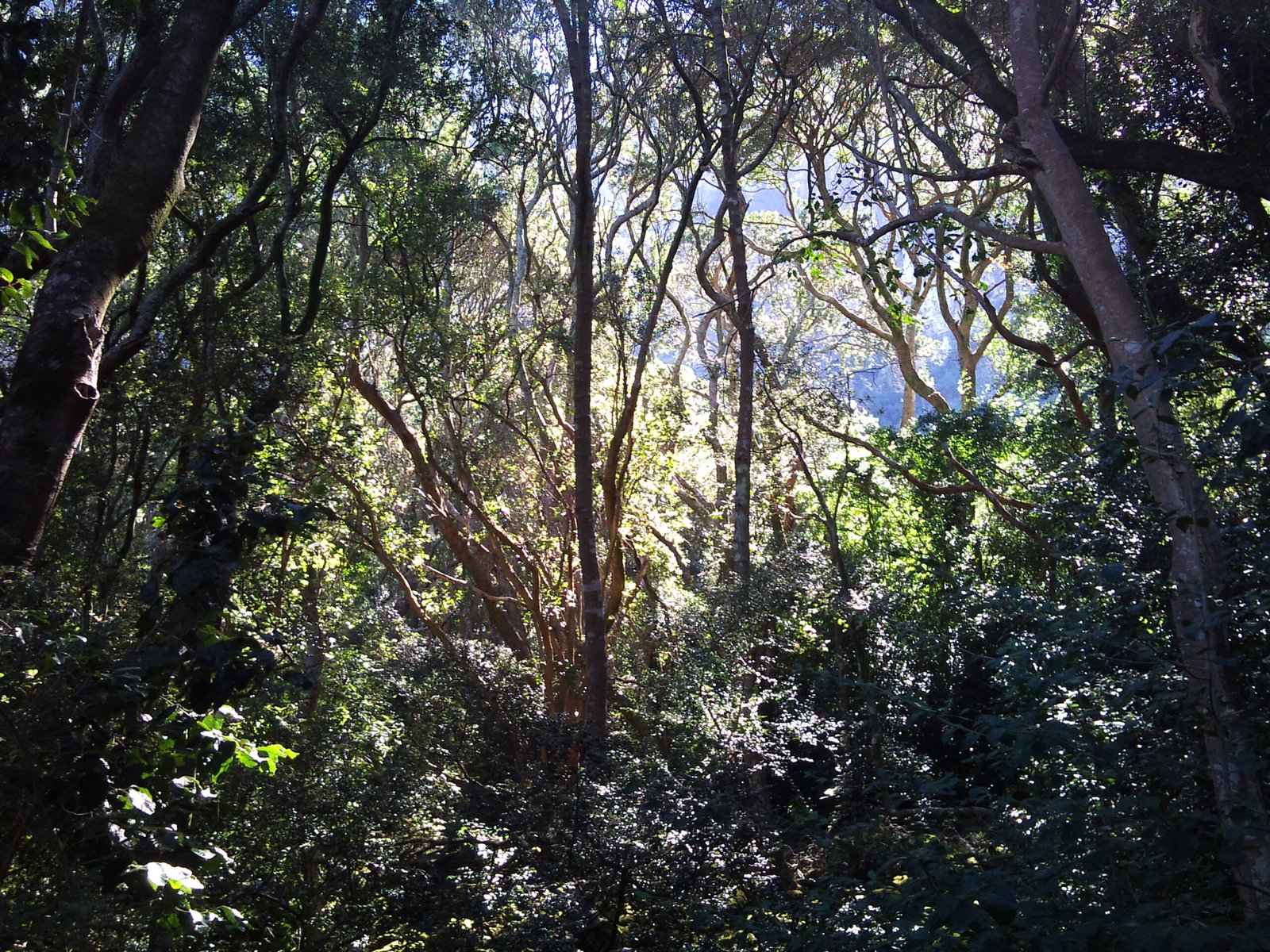
The daily lives of Indigenous peoples offer lessons in sustainability that the modern world is only beginning to appreciate. They hunt and fish with respect for natural limits, rotate crops to avoid exhausting the soil, and build homes from renewable materials. Every action is guided by the principle of harmony with nature. Imagine if cities and industries adopted even a fraction of this wisdom—how much healthier our planet could be.
Economic Alternatives: Standing Against Exploitation
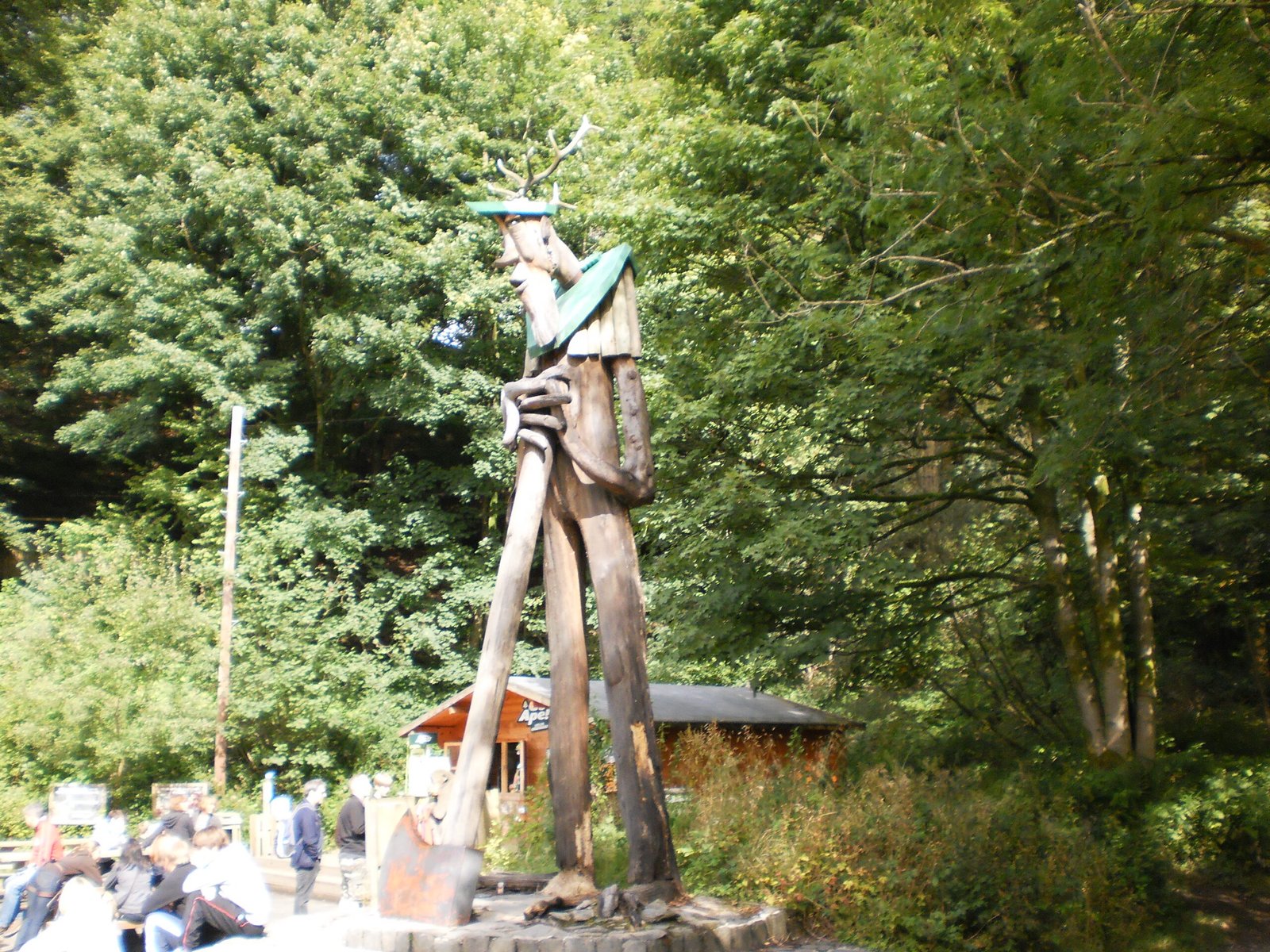
Many tribes are exploring sustainable economic activities, such as harvesting nuts, fruits, and rubber without harming the forest. Ecotourism projects invite visitors to learn about Amazonian culture and wildlife, providing income while raising awareness. These efforts show that it’s possible to create prosperity without destruction. However, competition with powerful interests—like cattle ranching and mining—remains fierce, making community resilience more important than ever.
Facing the Future: Challenges and Hopes
The path ahead is fraught with uncertainty and danger. Political shifts, economic pressures, and climate change all threaten the Amazon and its people. Yet, there is also hope—in the resilience of tribes, the spread of new alliances, and the growing awareness of the world. The Forest Guardians are not giving up. They are dreaming new dreams, planting new seeds, and inviting all of us to join their fight for a living, breathing planet.
The struggle for the Amazon is not just a distant drama played out in a faraway jungle. It’s a challenge to our values, our imagination, and our sense of connection to the natural world. Will we listen to the wisdom of those who have cared for the forest since time immemorial? Will we stand with the Forest Guardians as they defend the heart of the Earth?

